Persian Rugs: What You Need to Know
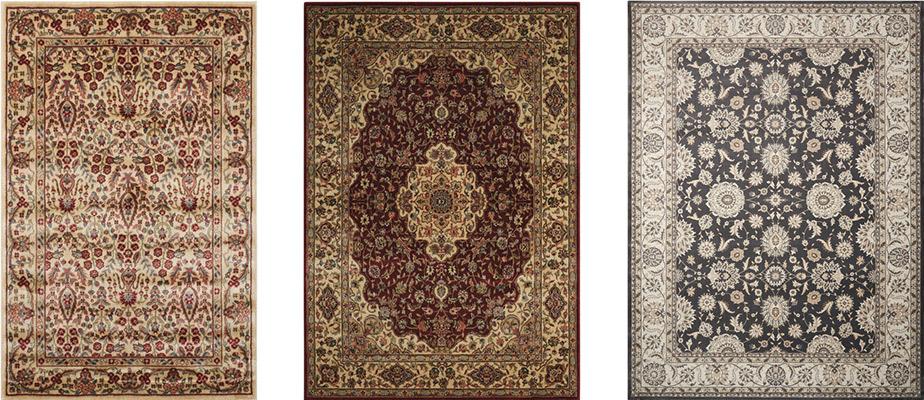
Persian rugs are beautiful additions to any home. From their intricate designs and workmanship to their durability, investing in a high-quality Persian rug will last you for years to come. But what is a Persian rug? And what makes them unique? Learn more below!
What is a Persian rug?
Authentic Persian rugs are hand-knotted in Iran. While Persia no longer exists today, the unique features and prevalence of the knotting styles used in these rugs set them apart from other types of rugs. The most common knot used in these rugs is called the Persian (or Senneh) Knot, an asymmetrical knotting style that is only found in these rugs. Some even have as many as 500 knots per square inch.
Persian Rug Designs
These designs have become timeless and have impacted about everything in home design and fabric that has a pattern. Persian rugs are called that because of the way they’re made and their pattern origin, not where.
There are two different origins of designs: the one we call 1) rectilinear, which are geometric or tribal designs; and 2) curvilinear, which are floral or garden designs. The specific design may also be attributable to a specific area or city.
Types of Knots
Persian rugs are usually woven with one of two types of knots. One is the Senneh (Persian) and the other is the Ghourides (Turkish). There are also other flat woven rugs, with no pile, called Kelim and Soumack. These are the original Persian rugs.
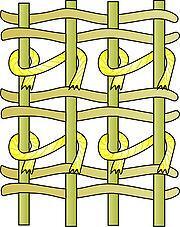
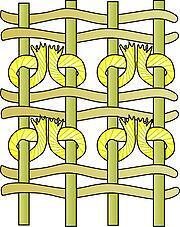
What makes Persian rugs unique?
While these rugs technically fall under the umbrella of Oriental rugs, several factors set them apart and designate them as a style worth noting.

Country of Origin
The first factor is the country of origin. As stated above, the country of Persia no longer exists, but the traditions and styles of the former empire continue on in art and culture to this day. These rugs come from the country of Iran, while Oriental rugs most often come from China, Turkey, Tibet, India, and Egypt.
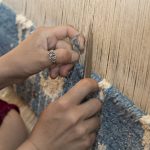
Knotting Style
The second factor to consider is the knotting style. While both types of rugs are hand-knotted on looms, the knotting styles are entirely different. Oriental rugs commonly use symmetrical knots, called Ghiordes or Turkish Knots. Persian rugs, on the other hand, use the Persian/Senneh Knot as mentioned above.
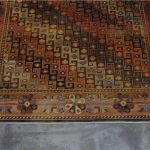
Design
Finally, the third factor to consider is the design of the rug. While both styles can portray a wide variety of designs, some are more common to one style due to the country and culture of origin. For example, Persian rugs are known to place a heavy emphasis on pattern and use warmer tones. The pattern can be one of four primary pattern types: all-over, compartment, central medallion, and one-sided.
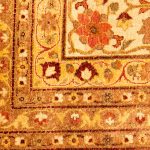
Patterns
Oriental rugs heavily rely on patterns, as well, but often include flora and fauna motifs. The pattern design also tends to be more curved, whereas Persian rugs have many straight lines and sharp edges in their patterns. Oriental rugs may not even include a traditional pattern at all, but rather depict landscape scenes. Additionally, Oriental rugs often use contrasting colors and different textures in their patterns.
Find Persian Rugs at The Rug Gallery
If you’re interested in purchasing high-quality Oriental and Persian rugs, come to The Rug Gallery! We have a wide variety of rugs in a huge assortment of colors and patterns. Upgrade your home with a beautiful rug today!

